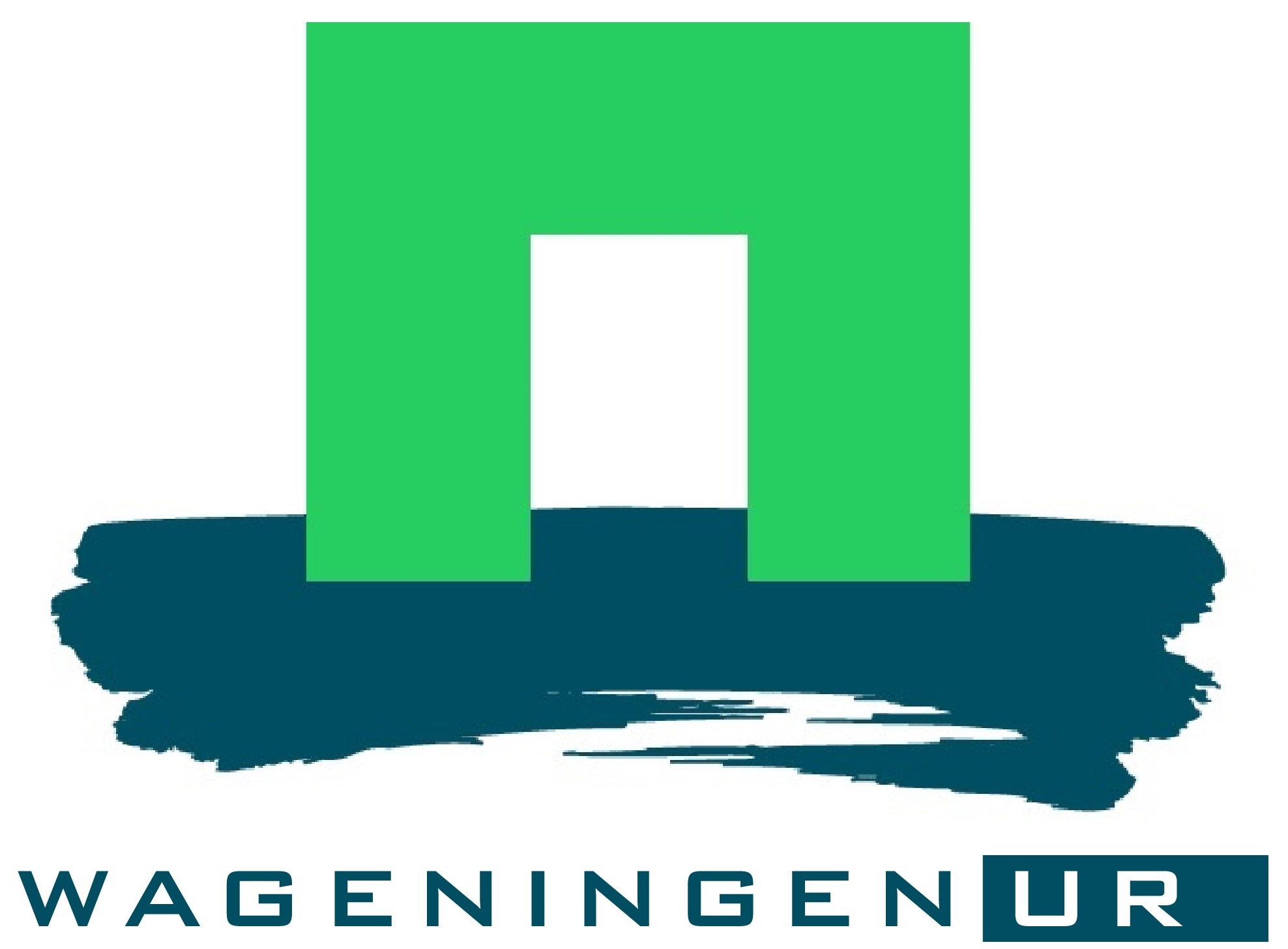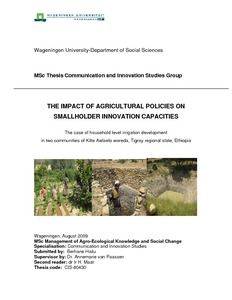Location
6700 HB Wageningen
Wageningen University & Research is a collaboration between Wageningen University and the Wageningen Research foundation.
That is the mission of Wageningen University & Research. A staff of 6,500 and 10,000 students from over 100 countries work everywhere around the world in the domain of healthy food and living environment for governments and the business community-at-large.
The strength of Wageningen University & Research lies in its ability to join the forces of specialised research institutes and the university. It also lies in the combined efforts of the various fields of natural and social sciences. This union of expertise leads to scientific breakthroughs that can quickly be put into practice and be incorporated into education. This is the Wageningen Approach.
The scientific quality of Wageningen University & Research is affirmed by the prominent position we occupy in international rankings and citation indexes.
The domain of Wageningen University & Research consists of three related core areas:
- Food and food production
- Living environment
- Health, lifestyle and livelihood
Wageningen University & Research has branches all over The Netherlands and abroad. A large number of lecturers, researchers and other employees are based at Wageningen Campus.
Members:
Resources
Displaying 131 - 135 of 210Groen-blauwe netwerken in duurzame gebiedsontwikkeling
Gebiedsontwikkeling heeft als doel het fysieke landschap aan te passen aan de wensen van de gebruikers, zodat het landschap beter, mooier en waardevoller wordt. In de loop van het ontwikkelingsproces worden daarover besluiten genomen waarbij uiteenlopende waarden en belangen tegen elkaar worden afgewogen. Het combineren van functies en het zoeken naar overlap van belangen wordt bemoeilijkt door begripsverwarring. Het concept groen-blauwe netwerken kan dat oplossen. Dat stelt Paul Obdam, onderzoeker van Wageningen UR, in een publicatie voor Habiforum.
Kavelruil en landschap : een korte verkenning naar ruimtelijke effecten van kavelruil
De afgelopen jaren zijn reeds vele kavelruilprojecten ter verbetering van de productieomstandigheden van onder andere de melkveehouderij en akkerbouw ten uitvoer gebracht. Kavelruilprojecten hebben mogelijk zichtbare ruimtelijke effecten op het landschap. Op dit moment is nog niet inzichtelijk wat en hoe groot deze effecten zijn. De vraag die ten grondslag ligt aan dit onderzoek is als volgt: Wat zijn de gevolgen van kavelruilprojecten, inclusief bijbehorende maatregelen, voor het landschap in het agrarisch gebied?
Politieke besluitvorming over het Landbouwontwikkelingsgebied Witveldweg in de Gemeente Horst aan de Maas
LOGs (landbouwontwikkelingsgebieden) maken onderdeel uit van het landelijke reconstructiebeleid. Bijzonder voor Horst aan de Maas is dat een aantal agrarische ondernemers heeft aangegeven een zogenaamd Nieuw Gemengd Bedrijf (NGB) in dit gebied te willen vestigen. Hoewel de vergunningen nog niet zijn afgegeven, heeft de goedkeuring van de gebiedsvisie tot veel commotie geleid. In de aanloop naar de besluitvorming heeft vooral de mogelijke vestiging van het NGB tot veel maatschappelijke onrust en protesten geleid.
The impact of agricultural policies on smallholder innovation capacities: the case of household level irrigation development in two communities of Kilte Awlaelo Woreda, Tigray Regional State, Ethiopia
Agricultural production in Ethiopia is characterised by subsistence orientation, low productivity, low level of technology and inputs, lack of infrastructures and market institutions, and extremely vulnerable to rainfall variability. It has a rapidly increasing population currently close to 74 million and yet about 39 percent of the population lives on absolute poverty of less than a $1 a day poverty line while close to 80 percent falls below US $2 a day poverty line.




